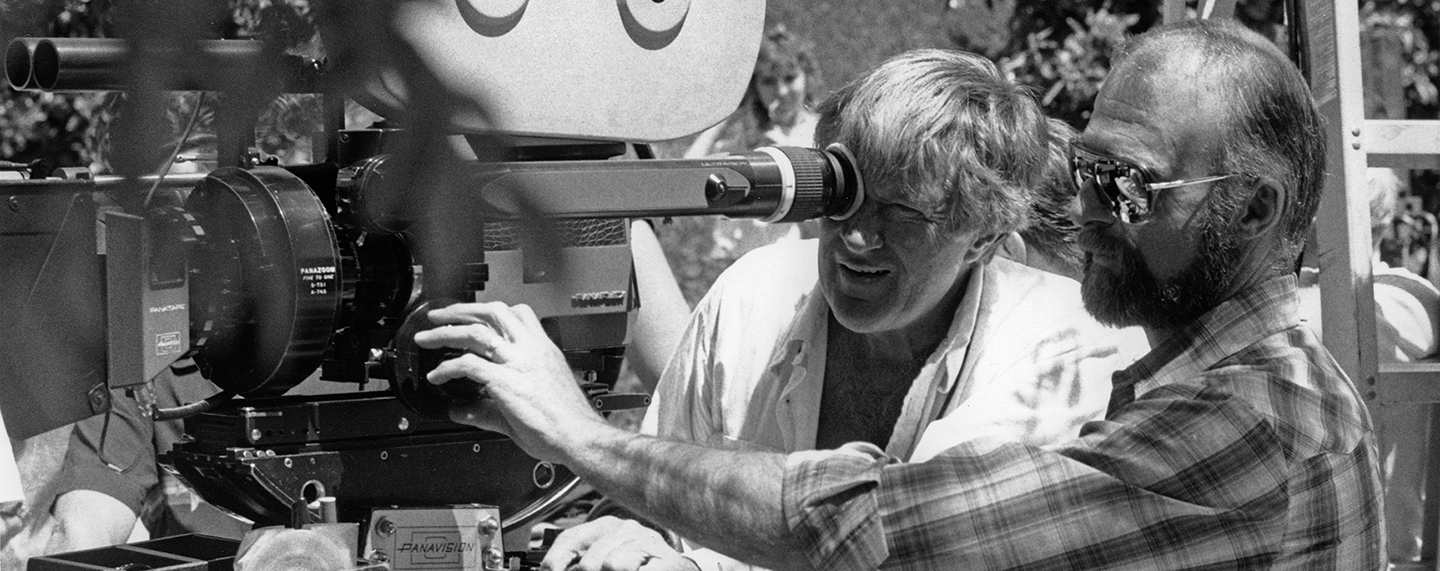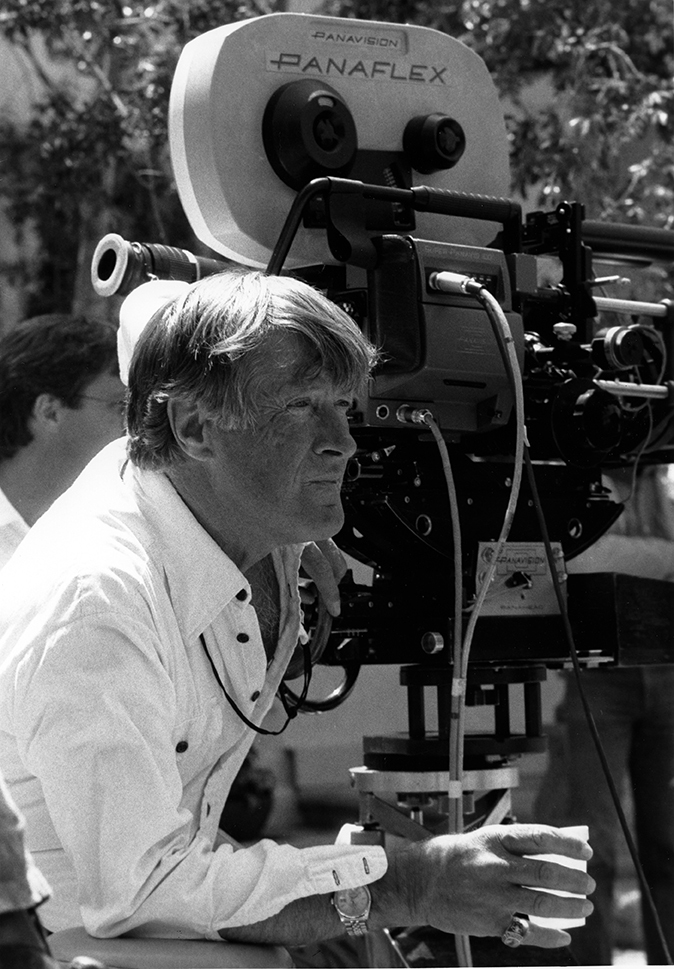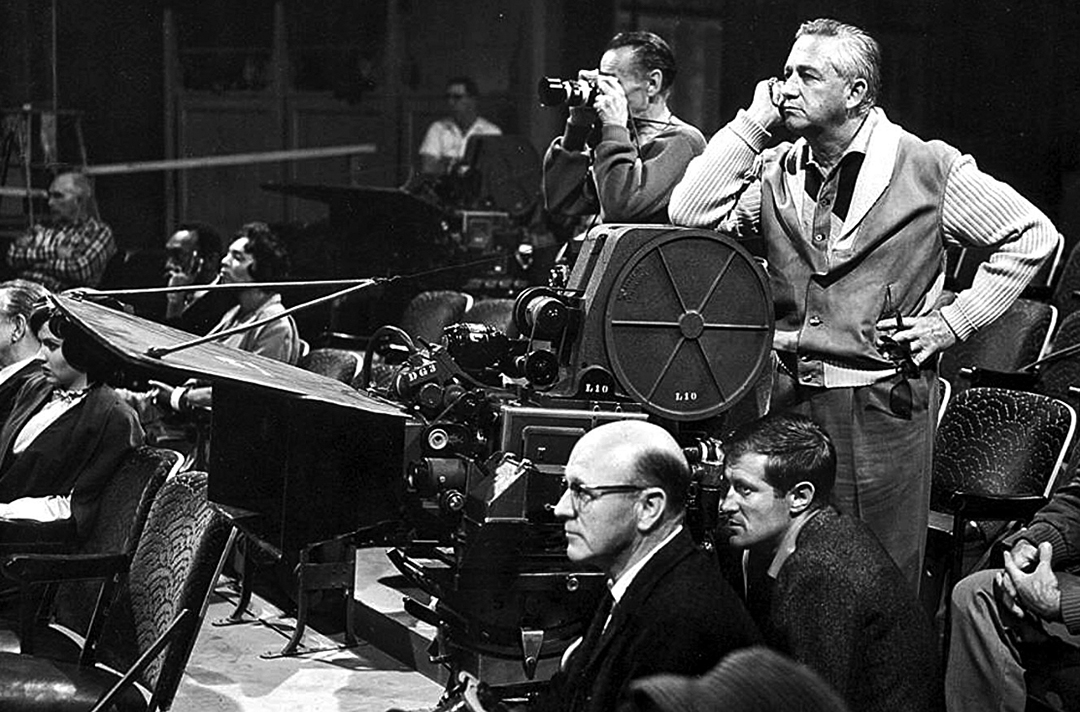
In Memoriam: Harry Stradling, Jr., ASC (1925-2017)
The ASC great earned two Academy Award nominations — for the historical drama 1776 and the epic romance The Way We Were.

Born in Yonkers, NY, on January 7, 1925, Harry Stradling, Jr., ASC died at the Motion Picture Home in Woodland Hills on October 17, 2017, at the age of 92.
He left behind a rich cinematic legacy including such feature films as Rooster Cogburn, Midway, Convoy, Little Big Man, The Man Who Loved Cat Dancing, McQ, Bite the Bullet, Damnation Ally, Micki + Maude, S.O.B., A Fine Mess and Blind Date, as well as extensive credits in television, including the Western series Gunsmoke (shooting 87 episodes) and Cimarron Strip (21 episodes).
He collaborated with directors including Richard Brooks, Blake Edwards, John Frankenheimer, Burt Kennedy, Joseph L. Mankiewicz, Sam Peckinpah, Arthur Penn, Ted Post, Richard C. Sarafian and John Sturges.
During his career, Stradling earned two Academy Award nominations — for the historical drama 1776 and the epic romance The Way We Were — as well as an Emmy nomination for the biographical miniseries George Washington.
Described in American Cinematographer May, 1973, “1776 is a movie musical transplanted from the stage and deals with the period in Philadelphia up to and including the signing of the Declaration of Independence. Though the action is somewhat static and confined within legislative halls, Stradling’s smoothly moving camera, precise compositions and careful lighting do much to create visual interest and enlarge the scope of the production. It is the high-gloss photography that adds life and luster to the content of the film.”
From The Way We Were:
As noted in AC May, 1974, “The Way We Were is a romantic comedy with bittersweet undertones. It begins in the late 1930s and progresses for a decade or more, as the characters grow and mature. Making a famous name in cinematography even more famous, Stradling captures the nostalgia of the early period and subtly segues into a more modern visual approach as the story moves forward in time. The film has not one photographic style, but several.”
Wrote AC contributor Jim Hemphill in a 2012 review of Stradling’s revisionist Western drama Little Big Man (1970): “One of the most important of [director Arthur Penn’s] collaborators was director of photography Harry Stradling Jr., ASC, who was already a veteran of the Western form when he signed on for Little Big Man. Having collaborated with [director] Burt Kennedy on several iconic Westerns, including Welcome to Hard Times and Support Your Local Sheriff, Stradling was an expert at both delivering the conventional satisfactions of the Western and subverting the genre although Kennedy’s riffs on the classical form were a mere warm-up for Penn’s all-out deconstruction. In any case, the broad historical and emotional scope of Little Big Man inspired Stradling to produce some of the finest work of his career as he used the anamorphic frame as an expressive tool capable of conveying both mythic scale and emotional intimacy.”
From Little Big Man:
The cinematographer was the son of the legendary Harry Stradling, Sr., ASC (A Streetcar Name Desire, Funny Girl, The Picture of Dorian Gray, My Fair Lady) and got his start while working as a camera assistant and operator for his father — as well as such ASC greats as John Alton, Charles Rosher, Joseph Ruttenberg, Robert Surtees and Paul C. Vogel — before becoming a cameraman himself in 1964.


His great uncle, Walter Ernest Stradling, was a pioneering cinematographer in the Silent Era who worked with Mary Pickford.
Stradling joined his father as a member of the ASC on July 1, 1968, and is survived by five children: Robert, Denice, Andrea, Michael and John.


